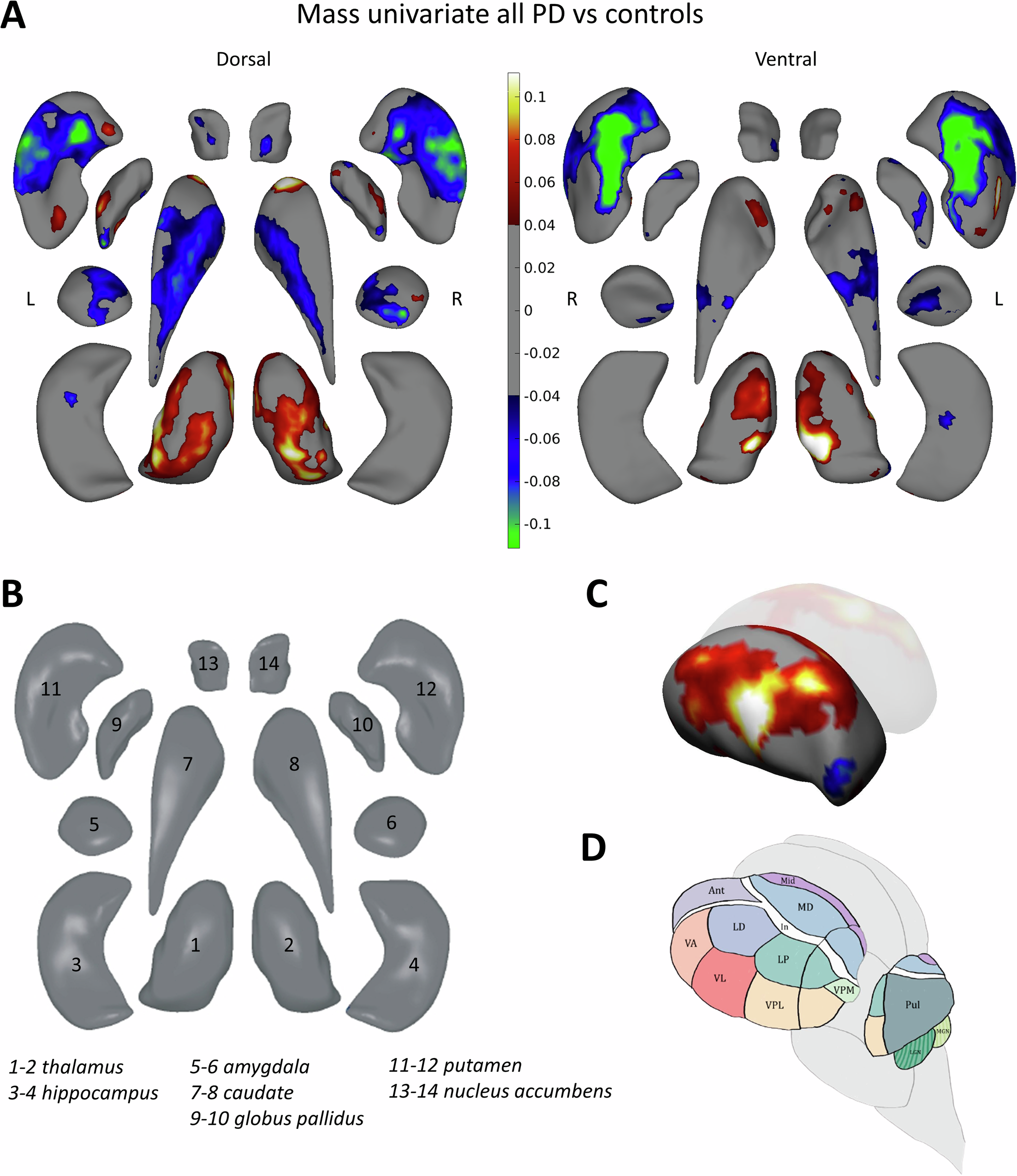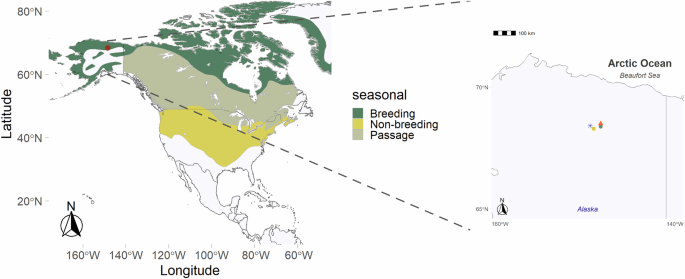By: Évila Lopes, Sahar Emami
Alzheimer's disease (AD) is a challenging medical issue that requires efficacious treatment options to improve long-term quality of life. Cannabidiol (CBD) is a cannabis-derived phytocannabinoid with potential health benefits, including reports from our laboratory and others showing a therapeutic role in the pre-clinical treatment of AD; however, the mechanisms whereby CBD affects AD progression remain undefined. Innate lymphoid cells (ILCs) are recently discovered immune cells that initiate and orchestrate inflammatory responses. ILC2, a sub-class of ILCs, is proposed to have a role in cognitive function via unknown mechanisms. In this present study, we explored whether CBD ameliorates AD symptoms via the enhancement of acetylcholine (ACh), a cholinergic neurotransmitter involved in cognition that may regulate ILC2. 5xFAD mice were chronically treated by inhalation of a formulation of broad-spectrum CBD for seven months. ACh production, ILC2s profile, brain histopathology, and long-term behavior were assessed. Together, our studies showed that long-term inhalation of CBD improved cognitive function and reduced senile plaques in a murine AD model, effects that were associated with enhanced ACh production and altered ILC2s distribution within the CNS. These findings indicate that inhaled CBD could offer a cost-effective, non-invasive, and effective treatment for managing AD. The beneficial effects of CBD inhalation may be linked to increased ACh production and an altered distribution of ILC2s, highlighting the need for further research in this area.

















